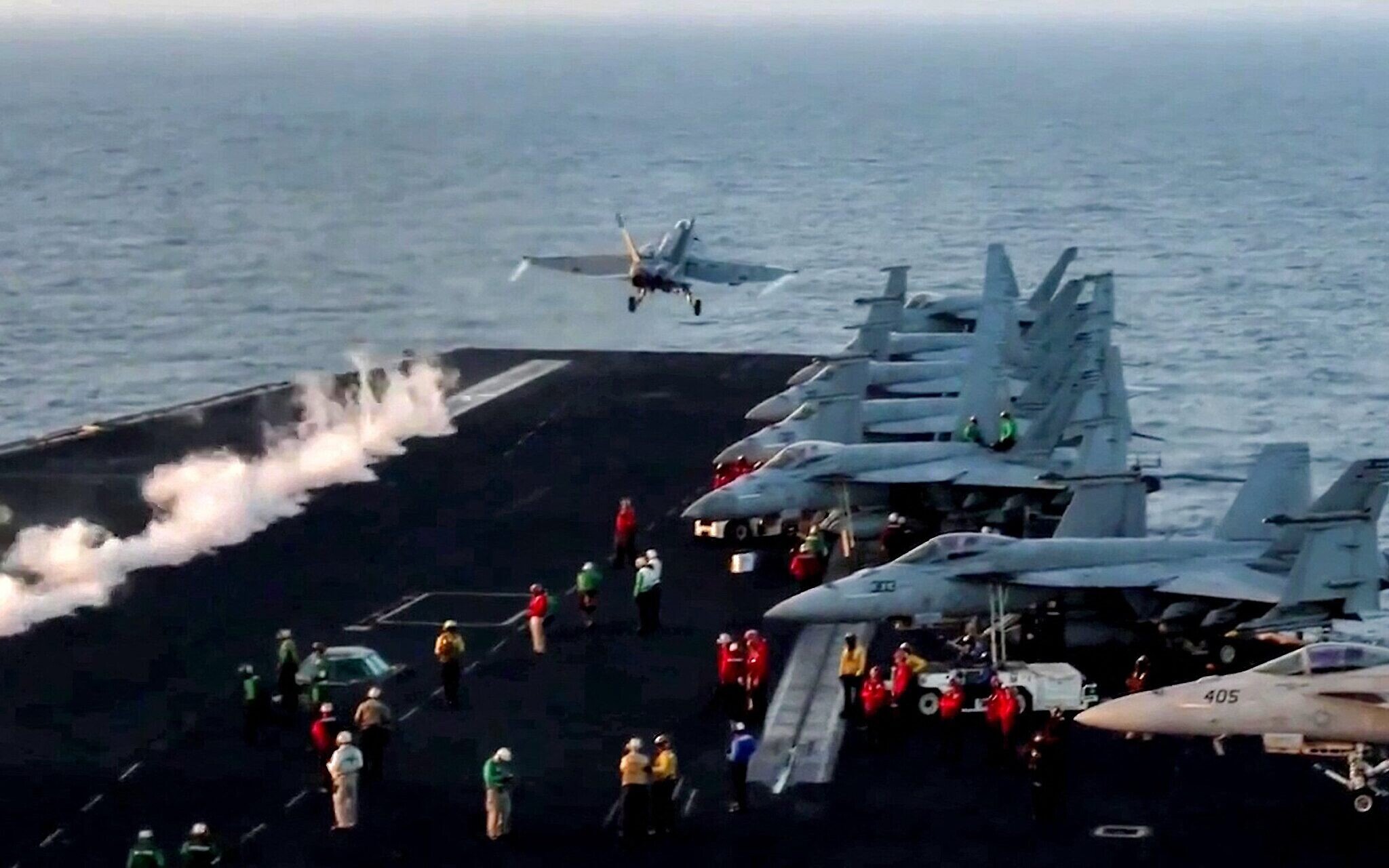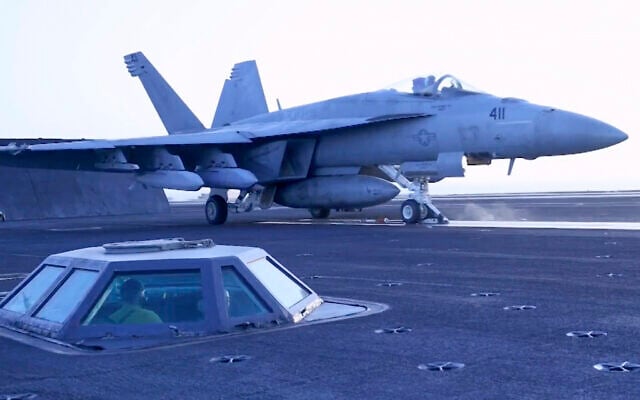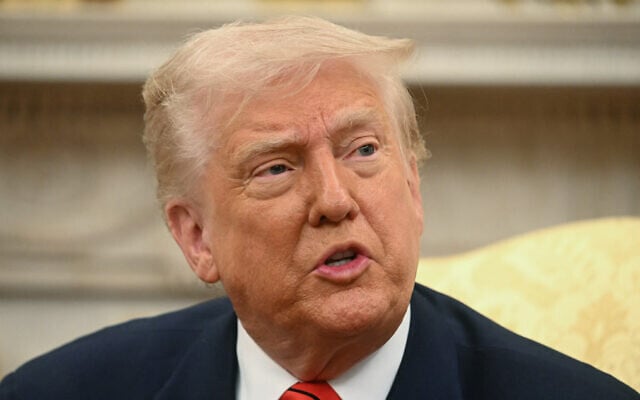



US President Donald Trump’s sudden announcement of a truce with Yemen’s Houthi rebels after two months of an intense bombing campaign came because the military operation was struggling and showed no sign of reaching an imminent conclusion, the New York Times reported Monday, citing US officials.
According to the report, though US airstrikes caused some damage, the Houthis had moved significant assets to underground bunkers, limiting the offensive’s effects, and were still firing back at US Navy ships when Trump declared the ceasefire.
It quoted three US officials as saying that Gen. Michael E. Kurilla, the head of Central Command, had proposed a campaign of eight to 10 months in which strikes would take out Houthi air defense systems, after which the US would use targeted assassinations — modeled on Israel’s campaign against the Hezbollah terror group in Lebanon.
While the Saudis backed the plan and provided a list of a dozen top Houthi officials for assassination, the United Arab Emirates was more wary, the report said.
Trump eventually approved strikes on air defense and Houthi leaders. But the US president, who has a low tolerance for extended military campaigns in the Middle East, gave the military just 30 days to come up with results.
At 31 days and a $1 billion bill, the president asked for a progress report, administration officials said. But it showed that the US was heading into an expensive, indefinite military campaign.
Voices in the intelligence community noted that though there was “some degradation” of the Houthis’ abilities, the group could easily regain them, the report said, citing unnamed officials.
The Houthis had shot down several multi-million dollar US drones and were still firing at naval ships, among them an aircraft carrier. Some Pentagon planners were concerned that the number of precision munitions used was depleting stockpiles that might be needed elsewhere.
US officials said that aside from the seven MQ-9 drones the Houthis shot down — each with a $30 million price tag — the Yemeni group nearly hit several F-16 jets and an F-35 stealth fighter, raising the specter of US casualties.
On April 28, the USS Truman aircraft carrier was forced to make a sharp turn to avoid Houthi fire, several officials said, a move that caused, in part, a fighter jet to fall overboard. Over the next week, a Houthi missile hit Ben Gurion airport in Israel, and another F-18 jet fell overboard from the aircraft carrier.
A US official said that in late April, a video call between US Defense Secretary Pete Hegseth and Saudi and Emirati officials did not produce agreement on how to move forward.
American and Arab officials said that Steve Witkoff, Trump’s Middle East envoy, brought up an Omani suggestion that the US stop the bombing, and the Houthis would agree to halt firing at US ships in the Red Sea as an offramp.
The deal would not include an agreement to stop firing at other shipping that the Houthis see as tied to Israel, a campaign, along with the direct attacks on Israel, that the Iran-backed group launched in support of Gaza amid the ongoing war there.
By May 5, Trump was ready to end the campaign, according to over a dozen current and former officials with knowledge of talks in the president’s national security circle. His announcement of a truce with the Houthis came two days later.
Houthis and their supporters spread the news on social media with the hashtag, “Yemen defeats America.”
A White House spokeswoman said in a statement to The New York Times that “President Trump successfully delivered a cease-fire, which is another good deal for America and our security.”
According to the NYT, the developments indicated that some in the US national security team underestimated the tenacity of the Houthis and overestimated Trump’s willingness to engage in a military conflict in the Middle East.
It noted that during his first term, Trump had worked to bring US troops home from Syria, Afghanistan, and Iraq.
In addition, Gen. Dan Caine, chairman of the Joint Chiefs of Staff, as well as his predecessors, had worried that fighting the Houthis would draw resources from the Asia-Pacific region.
Trump’s sudden halt to the campaign had surprised Israel, which was still carrying out its own strikes against the Houthis.
The Houthis — whose slogan calls for “Death to America, Death to Israel, [and] a Curse on the Jews” — first began attacking Israel and maritime traffic in November 2023, a month after the October 7 Hamas massacre.
The Houthis held their fire when a ceasefire was reached between Israel and Hamas in January 2025. By that point, they had fired over 40 ballistic missiles and dozens of attack drones and cruise missiles at Israel, including one that killed a civilian and wounded several others in Tel Aviv in July, prompting Israel’s first strike in Yemen.
Since March 18, when the IDF resumed its offensive against Hamas in the Gaza Strip, the Houthis have launched some 29 ballistic missiles and at least 10 drones at Israel.
The sirens warning of missile attacks have sent hundreds of thousands of Israelis rushing to shelters at all hours of the day and night.


